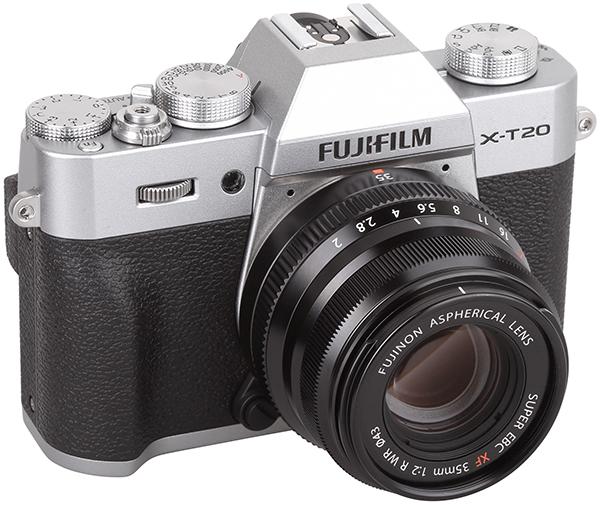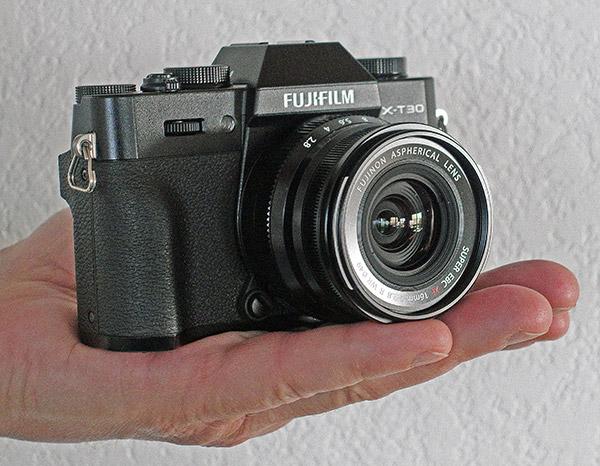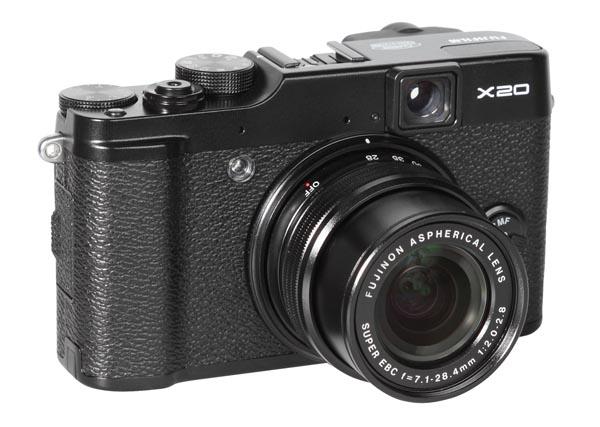Mirrorless Camera Reviews
Sort By: Post DateTitle Publish Date
|
Apr 18, 2014 |
First Published: Mar 01, 2014 |
|
Oct 09, 2012 |
First Published: Sep 01, 2012 |
|
Jun 14, 2016 |
|
Oct 23, 2019 |
|
Jan 02, 2015 |
|
Nov 03, 2015 |
|
Jul 10, 2015 |
|
Jul 24, 2018 |
|
Dec 23, 2016 |
|
Apr 12, 2017 |
|
Aug 21, 2017 |
|
Sep 11, 2018 |
|
Jun 06, 2019 |
















